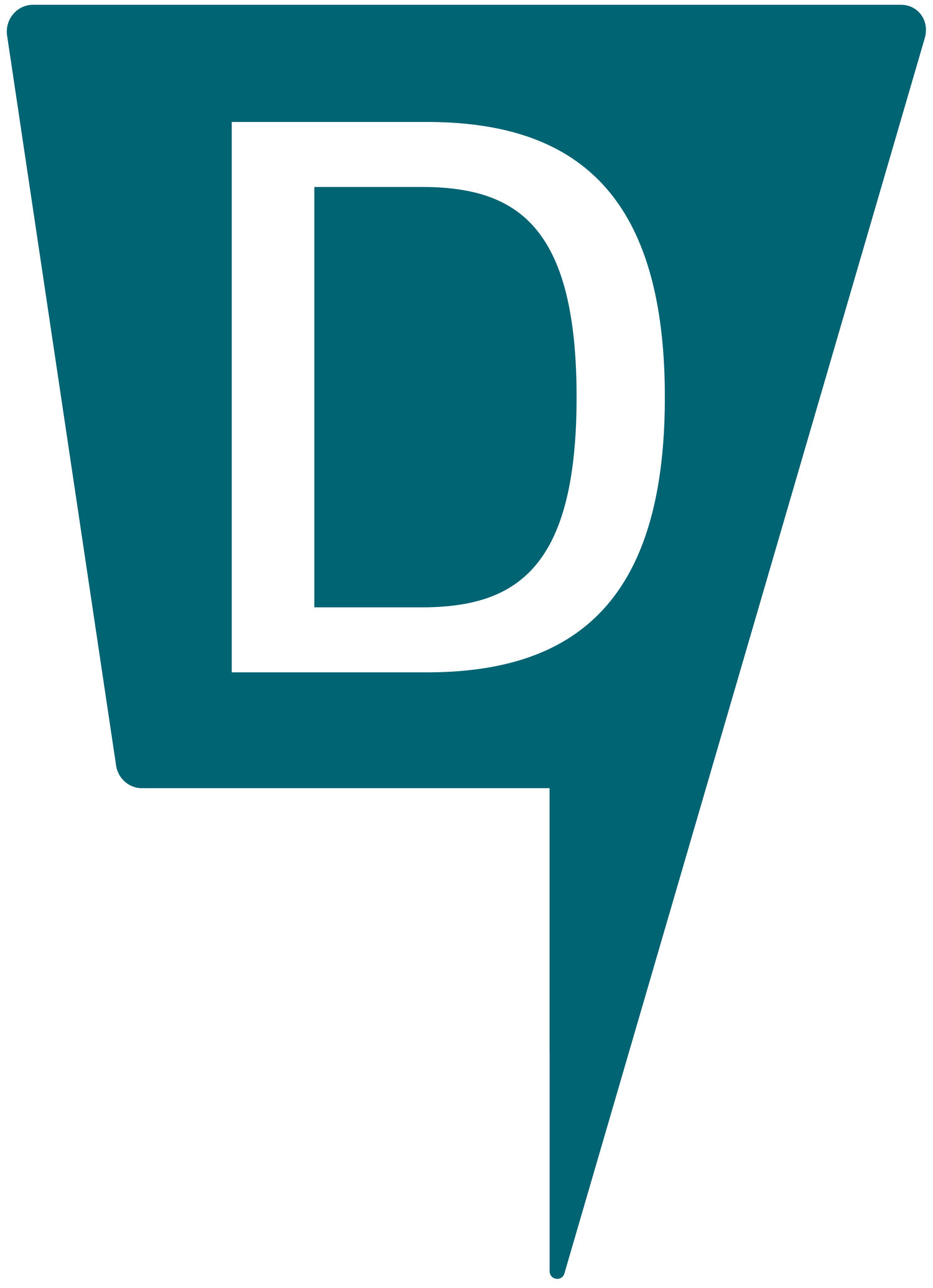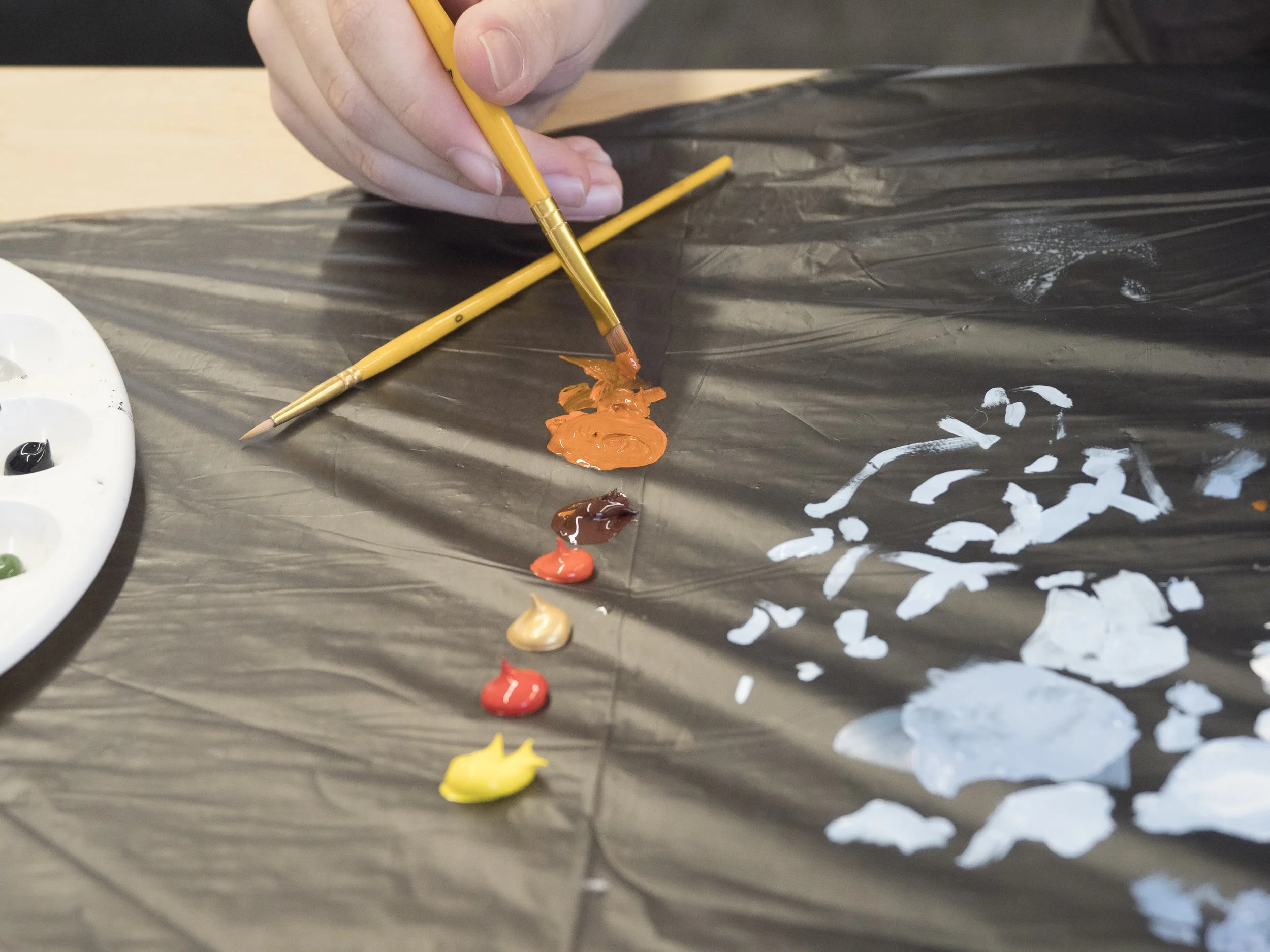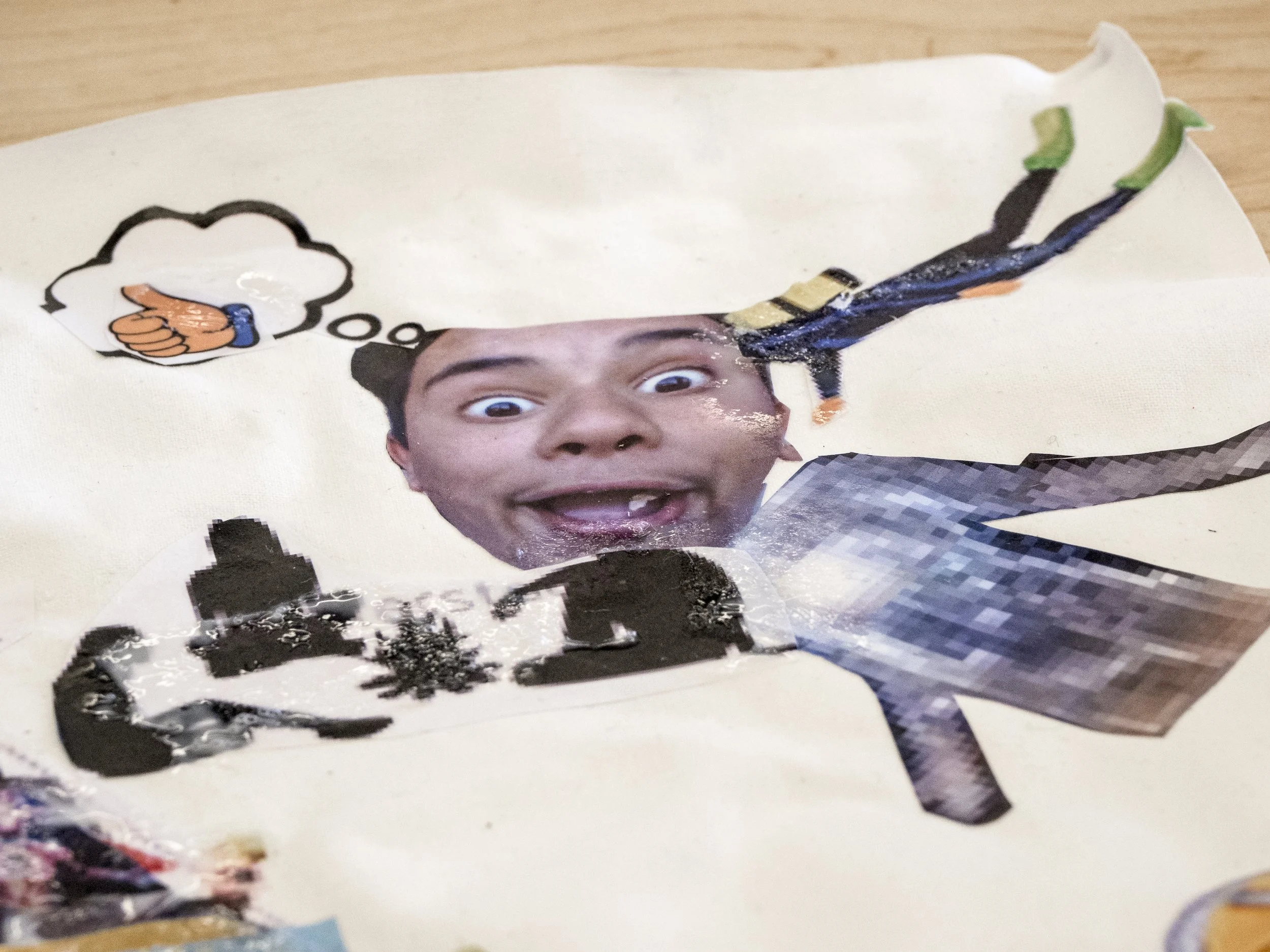The Healing Power of a Googly Eye (Part 2)
By Nance Leonhardt
There is a point in art education, usually around age eight or so, when students divide themselves into two camps: those who can draw and those who can’t. (This phenomenon is followed by sibling beliefs: those who can’t sing, those who can’t write, and those who can’t do math.) Somehow this fixed mindset lodges deeply into our self-concept and we abandon those carefree preschool days when we magicked pipe cleaners into flying contraptions, drew bulbous portraits of grandma, and squished clay just for the pleasure of seeing it ooze between our knuckle joints. Unlike writing and math, the majority of formal education is not designed to equip students with strategies to overcome deficits in artmaking skill and technique (or music, for that matter), and we end up in a world where some people see themselves as artists and others do not. Without dedicated time to explore and practice, many simply stop altogether and inadvertently truncate ready access to a method that develops self-expression, self regulation, cognitive flexibility, and the ability to be vulnerable in community with others.
Despite the immense creativity exhibited by our student body (outlined in Part 1) I was surprised to see how initially hesitant our students were to mess around in the Open Studio. Part of my role at DTS includes teaching a set of art history electives to seniors. Because I believe deeply in applied learning, my students are required to make and do as much as they are required to read about others who make and do. One student remarked to me, “Nance, I came to DTS because we didn’t have to do art!” One thing I know to be true after 20 years’ teaching high school art: anyone can be taught to draw, but unlocking creativity requires abandoning attachment to a fixed outcome. This “openness” is exactly what the Open Studio is designed to cultivate in terms of creative expression, yes, but more importantly in terms of self-concept. Openness is a protective factor against perfectionism. It is a balm to rigidity and greases a pathway out of fear and doubt into exploration and acceptance.
I hope you’ll find the following ideas accessible to begin exploring the power of a Googly Eye and related materials and processes to inspire a creative and mindful practice of your own or the population you work with.
The Launch
With the green light to start from our Head of School, Sue Belcher I went to work. I knew the kinds of things that would be appealing to teens to get their hands on: crafty things that can be made and given away as gifts, opportunities to embellish clothing, playing with mixed materials in trendy color palettes, etc. I knew from experience the things that would be a hassle to clean up (avoid glitter at all costs!). I considered the question of scale carefully. How much physical surface could a visitor cover in a 30-90 minute period? How could work in progress be stashed away neatly for the next visit? Setup and cleanup of supplies needed to be efficient and organized as my varied roles on campus leave little time to spend at a sink picking dried paint out of brushes or avoiding my facilities manager when acrylic paint gets splashed on our eco-friendly carpet tiles.
Budgeting just under $2,000, I outfitted our Open Studio space with a wide range of recycled and purchased materials enabling mix-and-match variation across the following media:
Collage / Assemblage (source images sorted by type, mod podge, glue, etc.)
Drawing / Coloring (water-based markers, pencils, pastels, crayons, sharpies)
Painting (watercolor & acrylic)
Resist (melted wax, starch, etc)
Screenprinting
Modeling (air-dry clay, wire)
Beading
Body art (henna, markers, temporary tattooing)
Button-making
Shrinky dink
Embroidery
Yarn-craft (crochet, knitting)
And googly eyes…lots of googly eyes
Our Open Studio is set up in our community commons. Even if we had a suitable art studio on our campus, I would still arrange an Open Studio in this way. The space should be where the students hang out, and it should be inviting for dropping in anytime. A large work table rests on an indoor-outdoor rug to protect the floor. Vinyl sheeting protects the table surface and surrounding walls. All materials are organized by type in clear boxes and labeled. I cannot adequately underscore the importance of these last steps. About 30% of my overall budget was devoted to storage. Clear boxes allow you to see where things are at a glance for quick inventory and let you help the panicked Spanish teacher when she comes into your office begging for a set of watercolor pencils for a lesson. Labeling is essential for non-consumable things that should remain in the studio like scissors, Exacto knives, staplers, etc. In terms of storing student work-in-process, I always take a page out of the preschool classroom organization strategy: there is infinite power in a caddy! I found these 12 x 14 x 1” stackable trays that are perfect for holding all manner of work in process whether it’s a jumble of beads, collected imagery for a collage, or a small canvas in process.
If You Build it They Will Come (especially if a couple cool upperclass students are involved!)
Students are free to use the space anytime whether they have a project to execute for a class or just want to quietly create during an open window in their schedule. But to maximize engagement and brand the Open Studio’s existence, I found it helpful to partner with our student-led arts and crafts club as we were rolling it out. We partnered to host a series of “crafternoon” maker events leading up to the holidays. Each week the students led a demo lesson on how to make a simple object. These demos demystified the materials for students, and we’ve been thoughtful about varying activities, so that students can always find a fresh way to play with the materials. One week, embroidery thread might be used to weave bracelets, the next in a beading activity, followed by traditional embroidery, then sewn into paper to make thread-drawings.
Bringing advisories into the studio to create seasonal decorations (paper chains out of recycled magazines, hearts and surreal imagery for unexpected valentines and so on) expands the reach of the space. These days it’s difficult to avoid discovering some new image that’s been left on the table or material that’s been handed creatively. As I find things, I dutifully hang them unidentified on the wall with blue painter’s tape to inspire the next visitor.
Sustainability
Consumable materials can be costly but there are a few solutions to help get the most bang for your buck. Principle 1: reuse or repurpose. Invest in a jug of gesso so you can paint over canvasses that haven’t been claimed at the end of a semester. Reuse old paint brushes as daubers for sequin art projects or for use with Mod Podge or glue. Save scraps of magazine and art papers to roll into paper beads. Principle 2: befriend your local thrift shop or recycling center. I love Goodwill. You can find supplies there for next to nothing, prepackaged in easy-to-rummage through, clear baggies. There is a store in Seattle called Seattle ReCreative that specializes in repurposing materials like partially used art supplies, old film canisters, party decorations, out-of-date calendars, and the like.
Principle 3 is to make money off of the work itself. Auction work annually that might be appealing to someone else and/or make a photo calendar of the work for resale. Make a single, big collaborative object. There’s an organization in Portland called The Children’s Healing Art Project (CHAP) that spends considerable time bedazzling found objects with sequins for resale. Consider having an annual maker-fair/student art sale. Students can sell their creative wares and keep a percentage of the proceeds for themselves while donating a portion back to maintaining the Open Studio.
Output over Outcome
However you engage in an Open Studio experience, the mantra is: Process over product; output over outcome. The goal is to be “in” the experience, not what comes of the experience. Be open.



